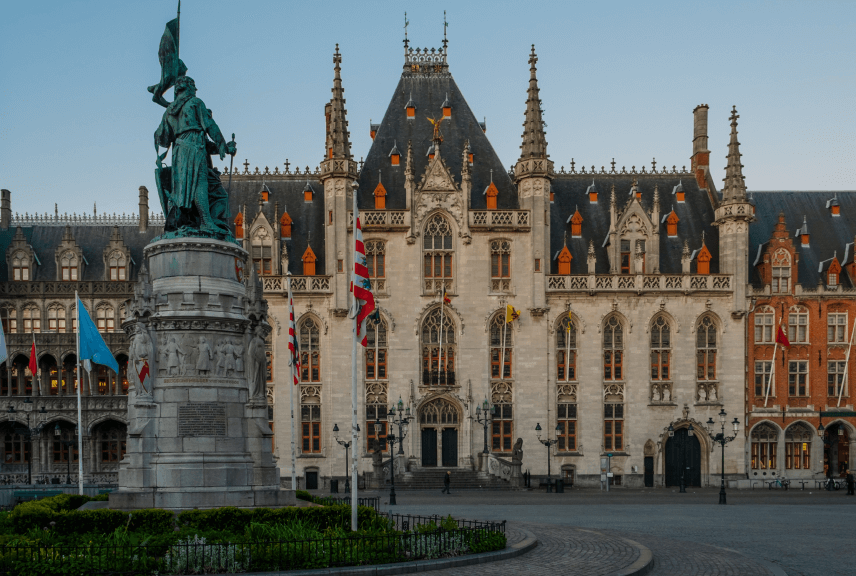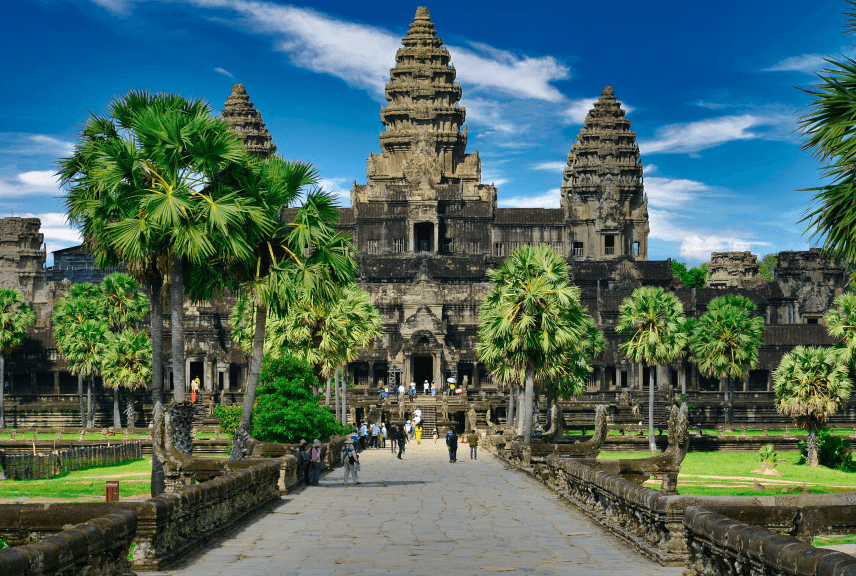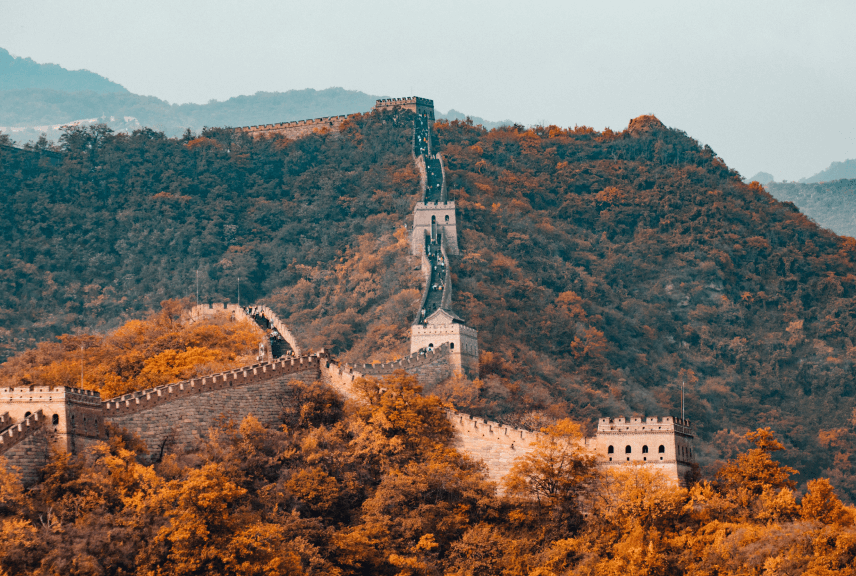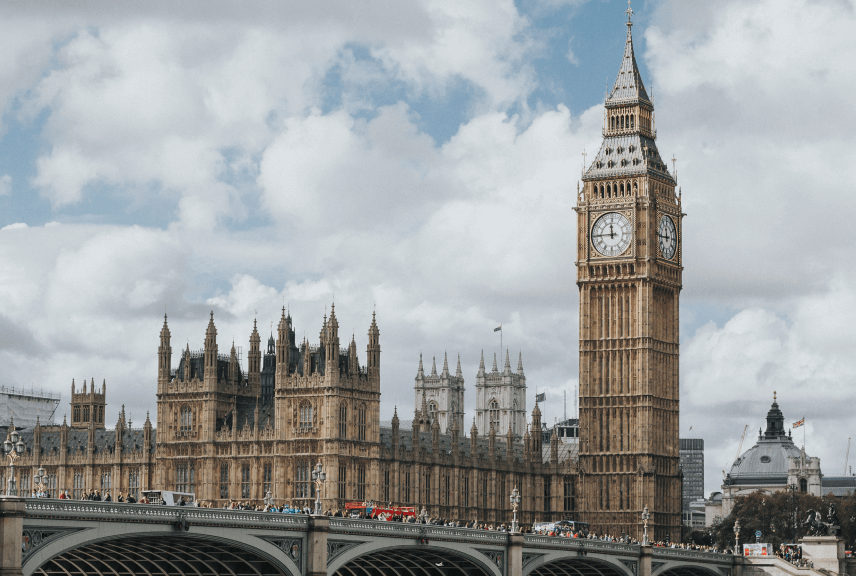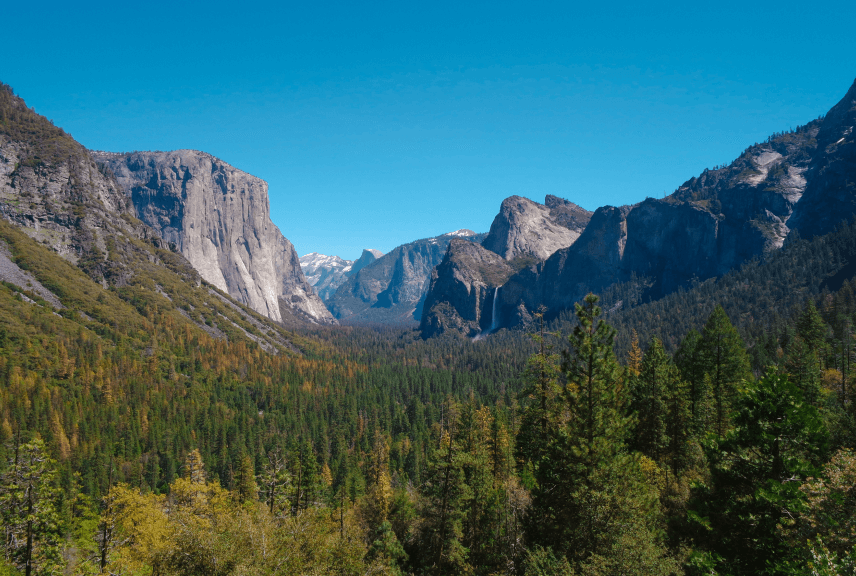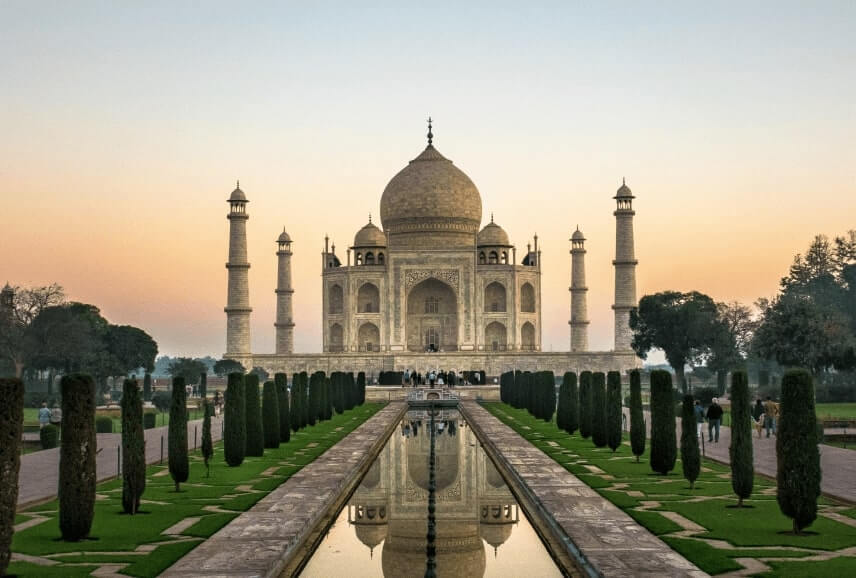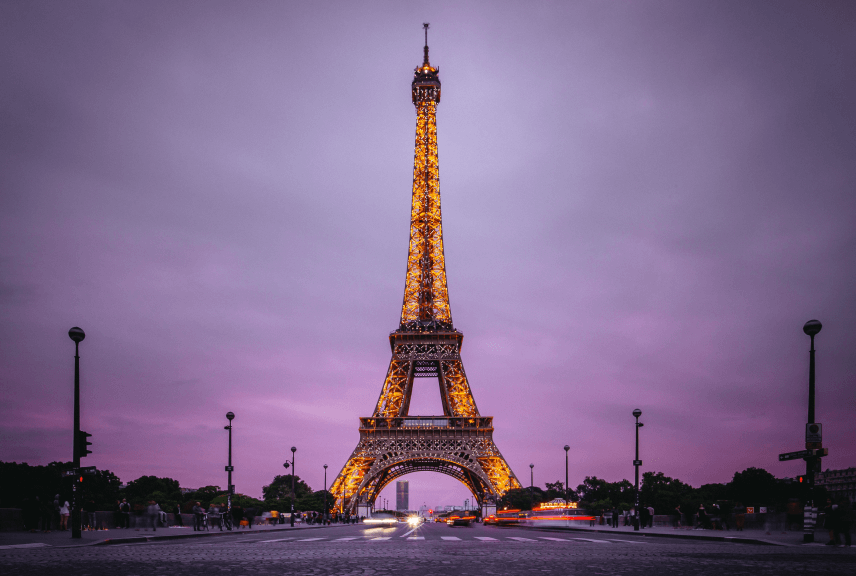Roshnara Bagh and Tomb
Located north of Old Delhi, Roshnara Bagh and tomb can be reached by taking the Grand Trunk Road (National Highway 1) and then the Roshnara Road near Kamla Nagar Clock Tower and Old Subzi Mandi (vegetable market). One of the most beautiful Mughal gardens of its time, Roshnara, the younger daughter of Shah Jahan laid this pleasure garden and tomb with a number of pavilions in 1650. She enjoyed immense respect and privilege during the reign of her brother, the Mughal Emperor Aurangzeb, as she helped him in securing the Mughal throne. However, she was later poisoned to death on the orders of his brother for committing actions against his will and was buried here in 1671.
The tomb of Roshnara lies in the middle of the garden and is known as Baradari meaning open pavilion. Though in dilapidated condition at present, the tomb once had a simple roofless grave surrounded by marble lattice screens (intricately carved jalis) and a hall, which has apartments with arched openings. The interior of the hall was beautifully decorated with paintings, some of which can be seen even today on the ceilings of the hall. Surrounded by dry fountains on all sides, the roof of the Baradari has small chambers on the corners, which are artistically domed.
The British were also very fascinated with this garden-tomb as it was an appropriate and beautiful retreat for them during the Delhi summers. In 1875, Cracroft, the Commissioner of Delhi significantly altered the garden by tearing down all the buildings except the Baradari, the northern gateway, which still exists and the eastern tank. In 1923, a European club known as Roshnara Club was established here. Today it is one of the prestigious clubs of the capital with a good cricket ground and well-maintained garden. Membership of the Roshanara Club is a distinction that is highly sought after.
